DOCUMENTING DISSENT:
a photographer's view of the first 100 days of Trump's second reign
A photo essay independently published by Tom Hudson
Author's note: this piece is accessible on mobile devices, but is best viewed on a desktop computer or tablet.
RICHMOND, Va. (April 29, 2025) —
In Richmond, the evening of February 5 was cold, windy, and damp. Like many Americans, I was still digesting the fact that Donald Trump had just been inaugurated to his second term, and the uncertainty of the future that came with it.
A few days before, VCU Health, the healthcare arm of Virginia Commonwealth University, had announced that it would immediately cease offering gender-affirming care for pediatric and adult patients under 19 due to Trump's flurry of executive orders; with the only dedicated children's hospital in the region, this threatened the ability of many young Trans people in the area to obtain the healthcare they need.
I happened to be driving down East Broad street toward the hospital when I saw a small contingent of about 20 people on the corner at 9th street, protesting VCU's compliance with the administration's directives.
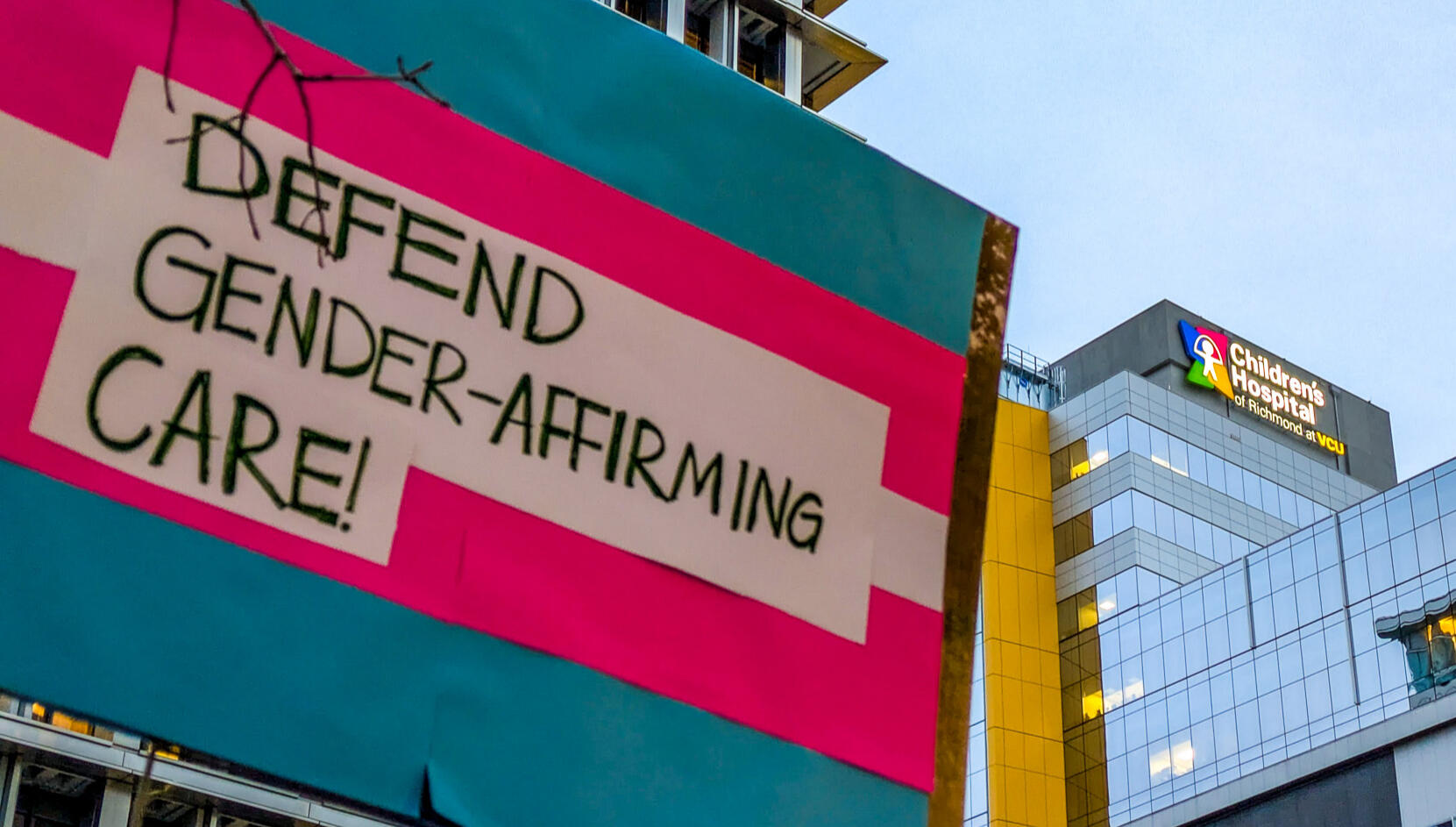
Stopping to snap a few photos, I learned that the group had been run off the sidewalk in front of the children's hospital under threat of arrest by university police; apparently the university owned that sidewalk, and they couldn't demonstrate there.
As I watched and photographed, the group was again chased from their place on a sidewalk in front of the General Assembly building by the Capitol police; the state owned that sidewalk, and they couldn't demonstrate there either.
It was a perfect vignette of American freedom of speech: the public entities that owned public sidewalks, refusing to allow the public to exercise what is supposed to be a pillar of American exceptionalism upon them without a permit.
In that moment, I decided that I would document the inevitable resistance to, and response by, the second iteration of Trump's presidency.
The Playbook
Since Donald Trump's first presidential campaign in 2016, through the Black Lives Matter protests in 2020 and 2021, and even today, right-wing pundits have deployed a familiar playbook: broadcast a narrative to discredit those who dare oppose Trump and his sycophants as young, disillusioned, poor, Black, and brown people paid to sow disorder by wealthy, far-left benefactors.
It's a narrative that has been an easy sell for Republican politicians for years, as long as there's enough footage of broken windows and burning police cars to loop next to whichever talking head is decrying the lawless, terrorist protesters burning entire cities to ashes that day.
The fact that in the same cities, on the same days, thousands of people had peacefully and lawfully marched for their cause rarely merited mention.

Today, the same playbook has been dusted off for the nascent but growing opposition to Trump's new vision for America.
The president and his surrogates—particularly billionaire Elon Musk, who has seen his beloved Tesla brand both literally and figuratively go up in flames—have been reciting the familiar refrains of manufactured resistance, paid for by leftist bogeymen like George Soros.
The Reality
The reality on the ground, however, is beginning to render that playbook obsolete. And now, conservative media is experiencing difficulty in discrediting the public opposition to Trump's second term—largely because of their own disingenuous reporting in the past.
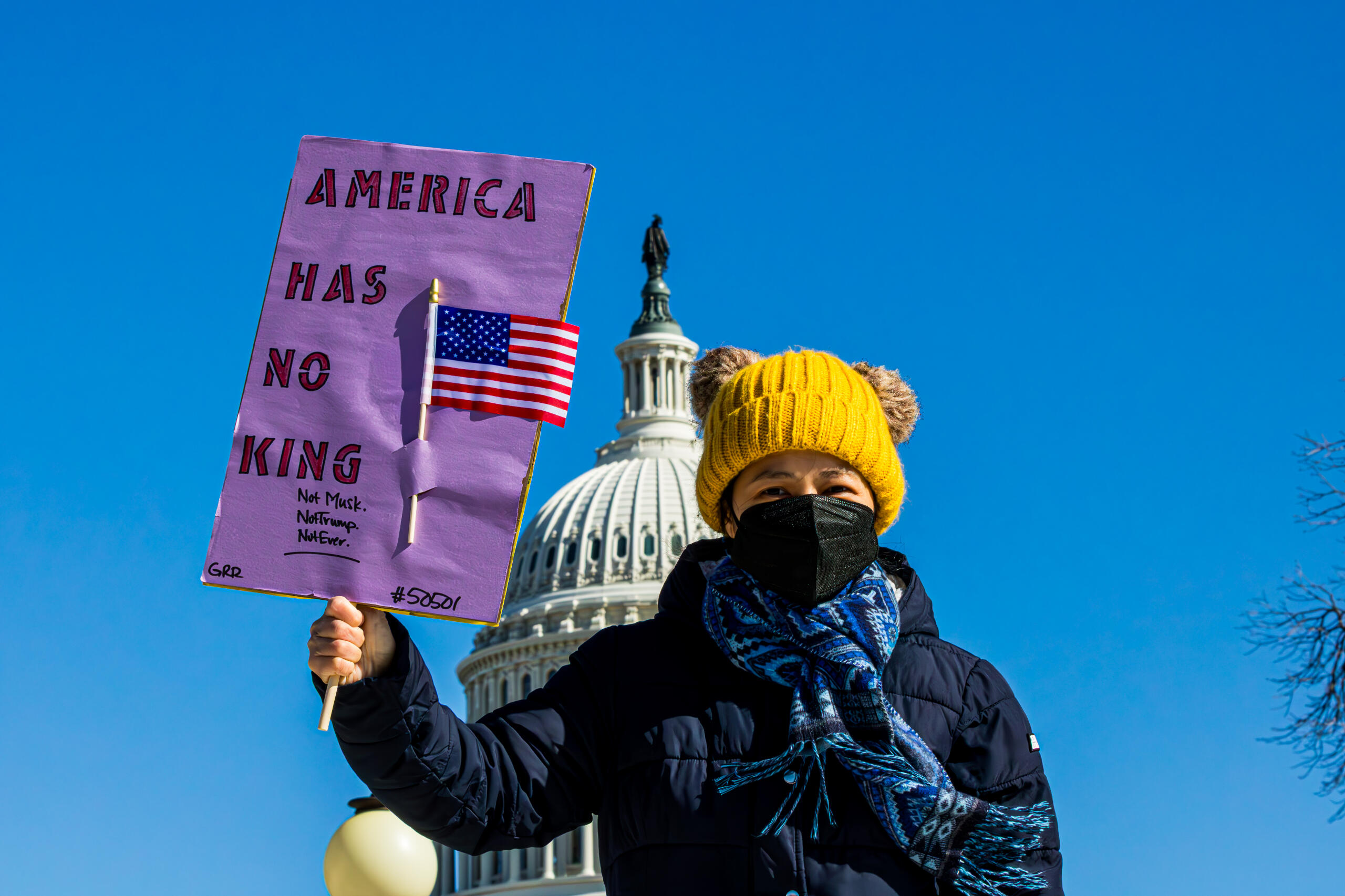
What's been most striking to me over the last 11 weeks is the speed by which various resistance movements have organized and grown organically. Among these, 50501, a grassroots group whose genesis can be traced to a Reddit post in January of this year, has shown how social media can be leveraged to lead an organized resistance, in spite of suspected algorithmic censorship by social media giants such as Meta and X (née Twitter) who seek to curry Trump's favor.I didn't know it at the time, but the same day I encountered that tiny group in Richmond, 50501 had held its first series of rallies across 40 states, drawing 72,000 attendees.
Less than two weeks later, on February 17, I found myself amidst thousands of people who turned out to the US Capitol for "No Kings Day", organized by this fledgling community network that successfully coordinated events in all 50 states.
By late March, 50501 had partnered with other organizations like Political Revolution and Indivisible, and continued to coordinate mass protests nationwide.And on April 5, an estimated 100,000 people gathered in Washington alone for the DC installment of the nationwide "Hands Off!" protest, which saw an estimated 5 million participants across more than 1,300 events held in every state, making it one of the largest mass demonstrations in history.
Beyond the rallies and marches organized by 50501 and its allies, other grassroots groups have held their own actions on a near-daily basis. From "Tesla Takedown" events at the company's showrooms across the country, to teach-in events to support the Department of Education, to union-led protests denouncing administration policies designed to cut public services like the USPS, the level of anger and frustration that Americans are expressing goes beyond anything that I have ever seen.

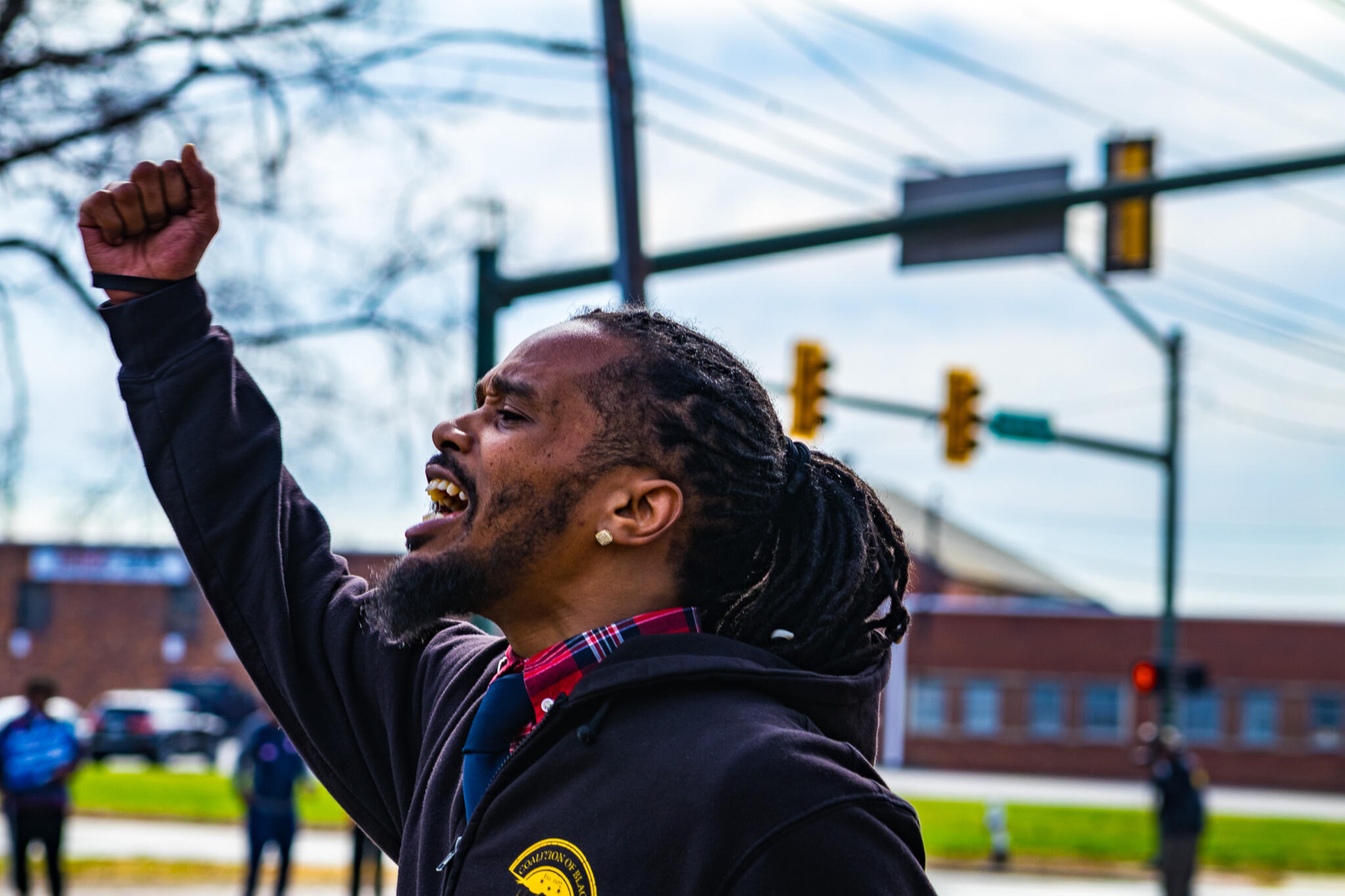
Perhaps even more impressive has been the willingness of young people—arguably the part of the electorate with the longest future, and thereby the most to lose in this fight—to continue marching and protesting against the ongoing Palestinian genocide in Gaza.

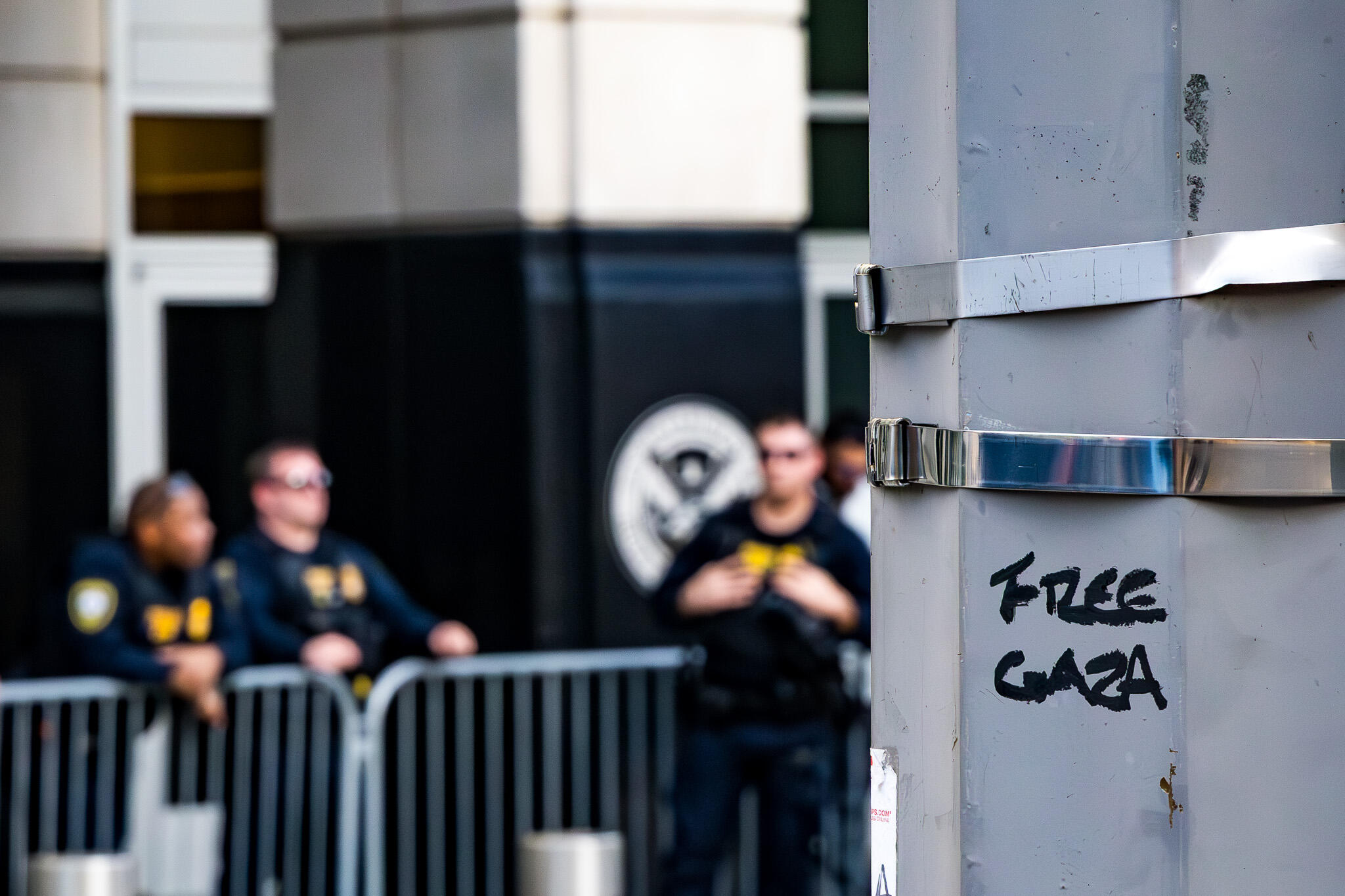
These protests to stop the bombing of Palestinian civilians in Gaza have led to well-publicized, draconian crackdowns on speech critical of Israel by federal law enforcement, which have caused hundreds of students and academics to have their visas revoked, or be arrested, detained, and deported.Despite this fact, provocations by right-wing Israeli counter-protesters, and being publicly labeled as terrorist supporters of Hamas by both the administration and conservative media, they continue to bravely exercise our most cherished of rights.

To get an idea of the scale of resistance actions happening right now, K. Starling from We (the People) Dissent began tracking publicized protests and rallies in March; she has collected information on some 4,000 events that have taken place or are planned through the end of April.
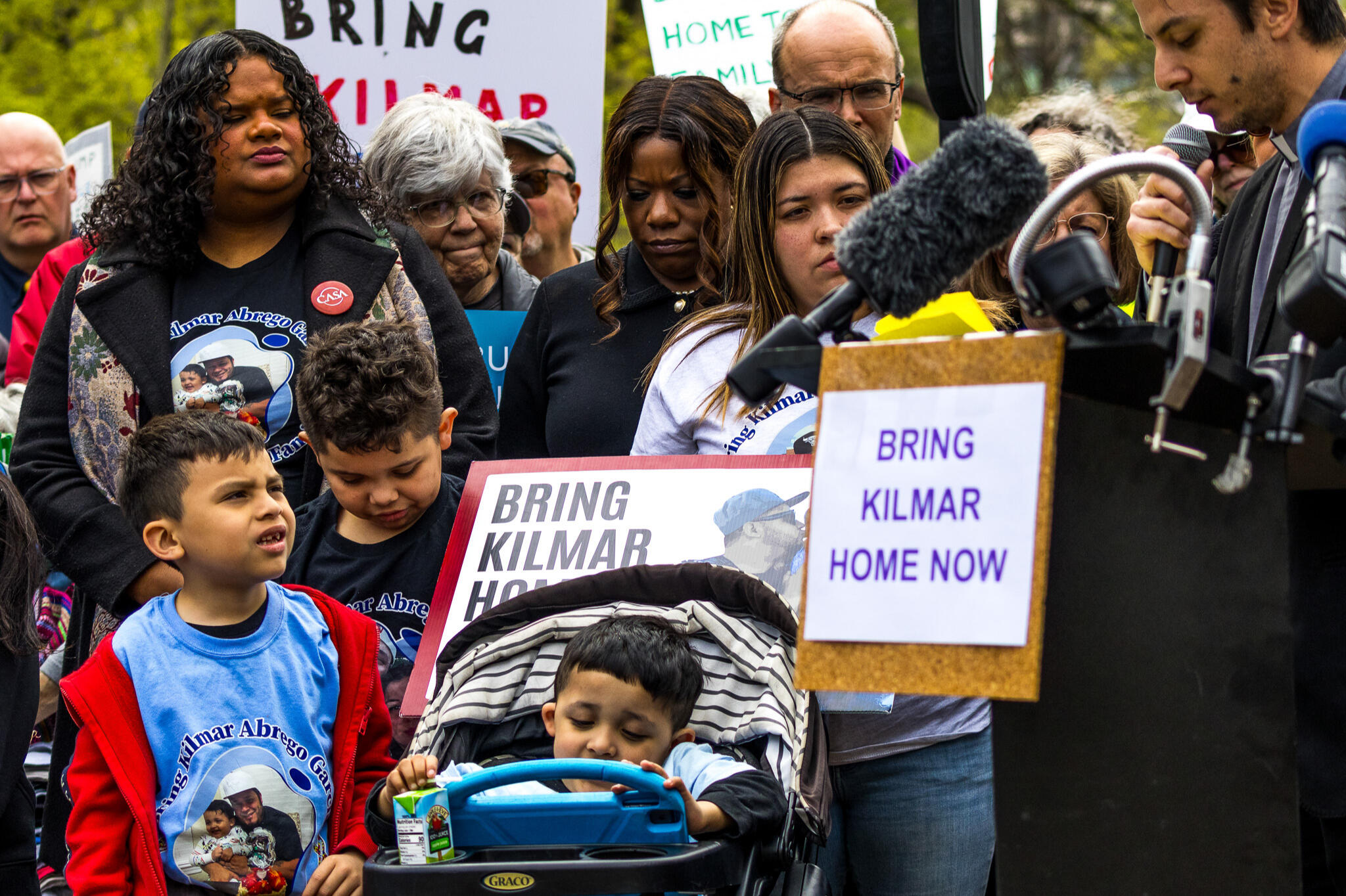
New Faces
The demographics of those protesting the current administration are making it harder for traditional conservative narratives to stick, while simultaneously indicting our culture of over-policing people and communities of color.
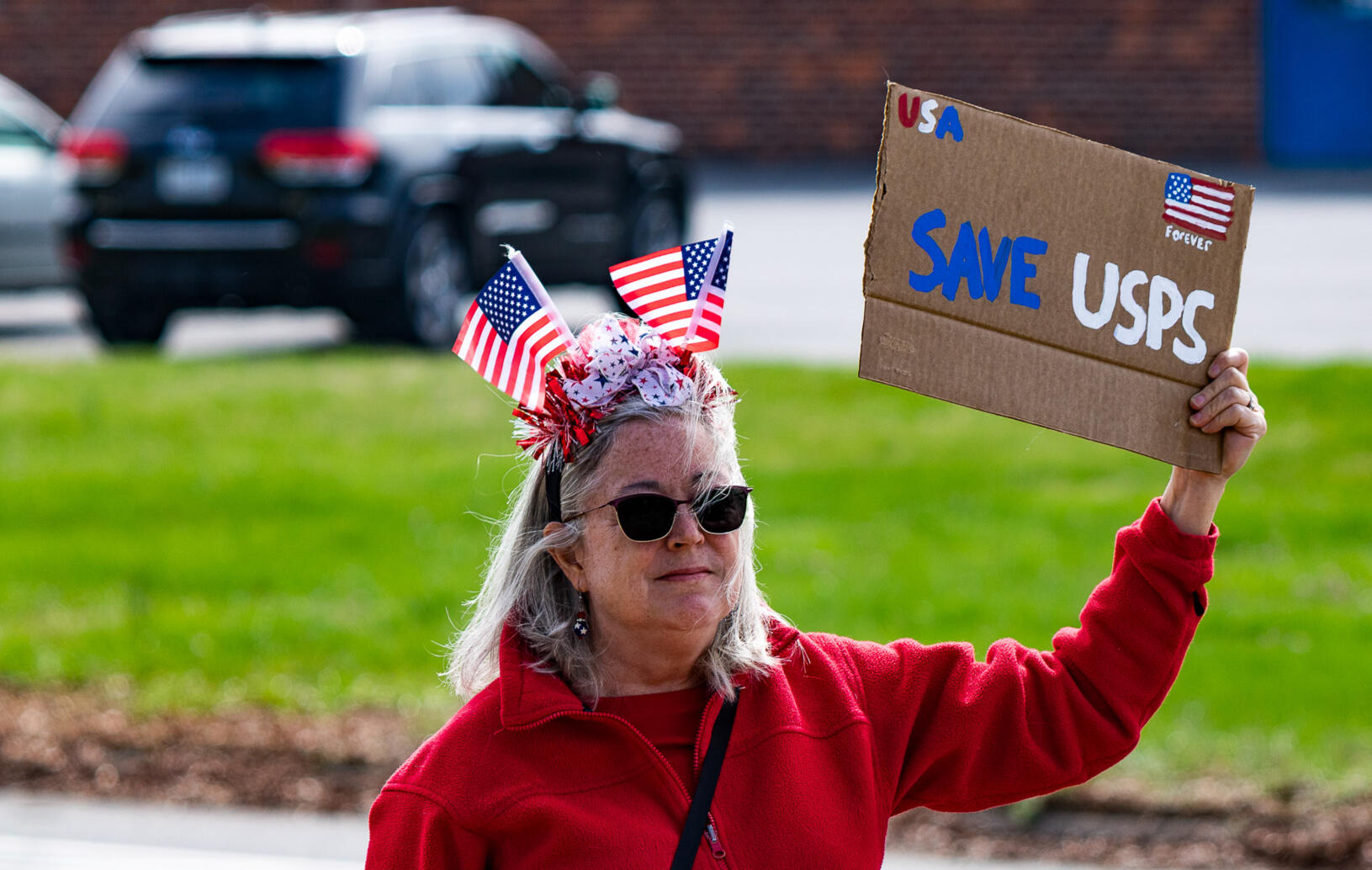

Ahead of the April 5 mass protest, there was a clear and consistent message on social media for Americans of color to stay home.Thousands of videos posted by Black Americans to TikTok and Instagram conveyed that message through tongue-in-cheek “voice of the ancestors” videos, while many more were far more direct: this is a white people problem.And it’s a message that can’t be argued. With memories of unnecessary mass arrests and violent police abuses still fresh in their minds, combined with the administration’s assurances that protests won’t stop the Trump White House from continuing its assault on government institutions and the fact that people of color are more likely to be injured by police than whites, it’s clear why there’s a feeling that Black America has been relied upon to be the face of resistance for far too long.Image: Bernard Taylor on TikTok (@_bernardtaylo)
“I think they’re trying to bait us,” Nicole Bailey, an activist from Virginia told me at the April 5 protest. “That’s why they’re doing a lot of what they’re doing. That’s why they’re trying to get rid of the Blacksonian. They want to provoke Black people and get us in the streets so the police can be violent and support their narrative. We’re not falling for it.”
Those warnings may be affecting the face of opposition as we see it now. I have been consistently surprised to see that, even at large demonstrations like the one on April 5th, protesters seem to be older than I've seen before... And whiter.Beth, a white 63-year-old educator from South Carolina who declined to provide her last name, traveled to DC from South Carolina to take part in the April 5th rally, her first major protest. Holding a sign reading “My dad didn’t liberate Dachau for a dictator to occupy the White House”, she spoke of what motivated her to travel hundreds of miles to the event.“I feel so small and helpless and insignificant to do anything” she said. “My elected representatives and senators are doing nothing, so this was one thing I could do.” When asked about her father, who died before the 2024 election, she added that despite him voting for Trump in 2016 “he would be horrified now. I think he held his nose to vote for Trump, and he would have objected to what’s going on now.”
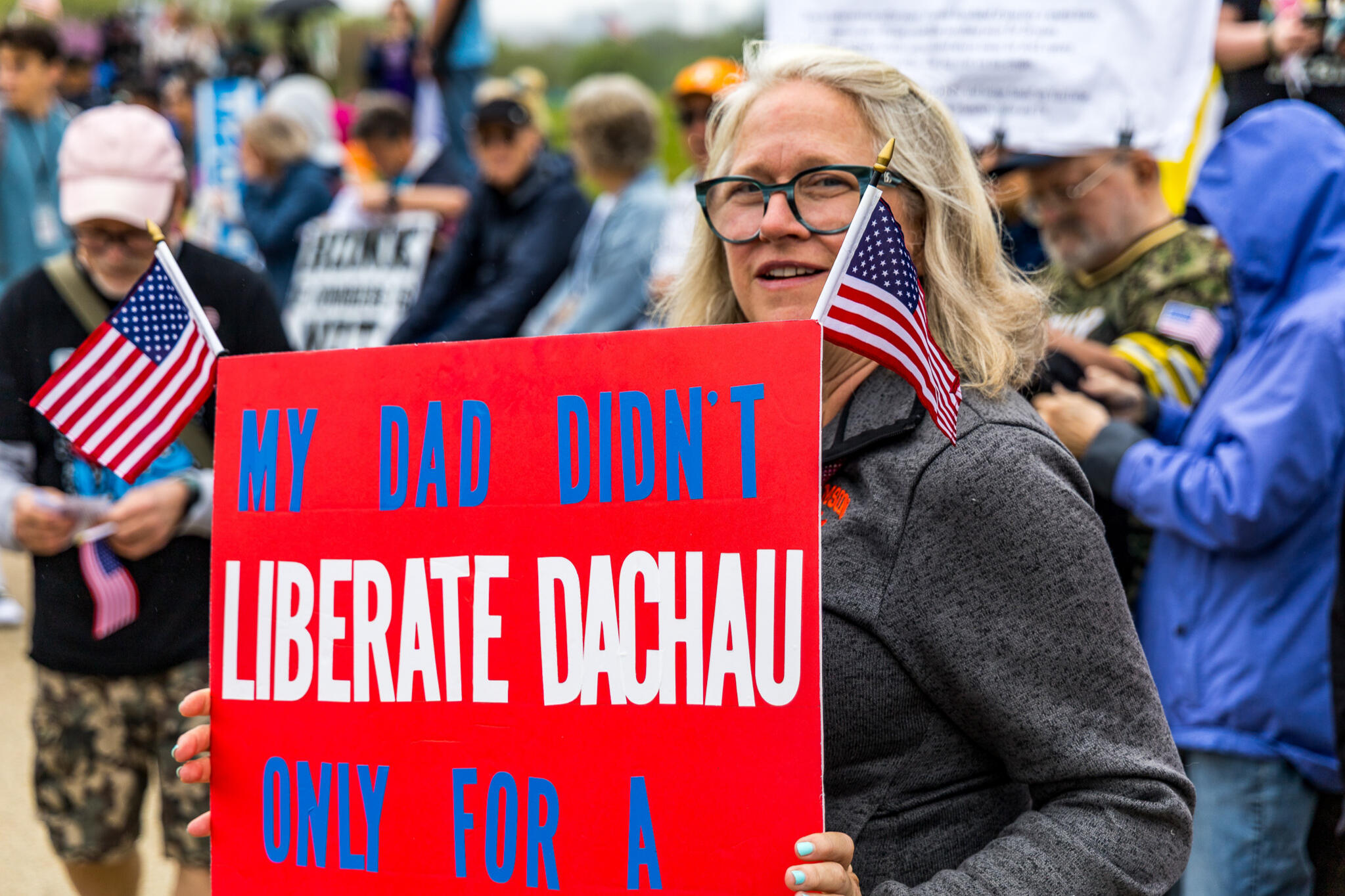
“I feel so small and helpless and insignificant to do anything. My elected representatives and senators are doing nothing, so this was one thing I could do.”
Beth’s story is far from unique. At the same rally, four self-styled “Subversive Sisters” were in attendance, white women ranging in age from 58 to 67 that had traveled from as far away as Arizona to attend the event.“This is not okay. This is not normal” one of the sisters said. “And we’re not gonna take it, you know? This is a hill I will die on.”Asked about why people should be motivated to come out and make their voices heard, one sister said: “Pick an issue, pick a lane, pick something you care about, and put your ass out there or you’re gonna lose it. People don’t appreciate what they have because they’ve never had to fight for it.”“I’m still waiting on my check, by the way, with all the money we’ve spent to come here,” another joked, referencing accusations by conservative figures that protesters were being paid to be there, and that such a movement could not exist organically because of Trump’s “mandate from the people”.
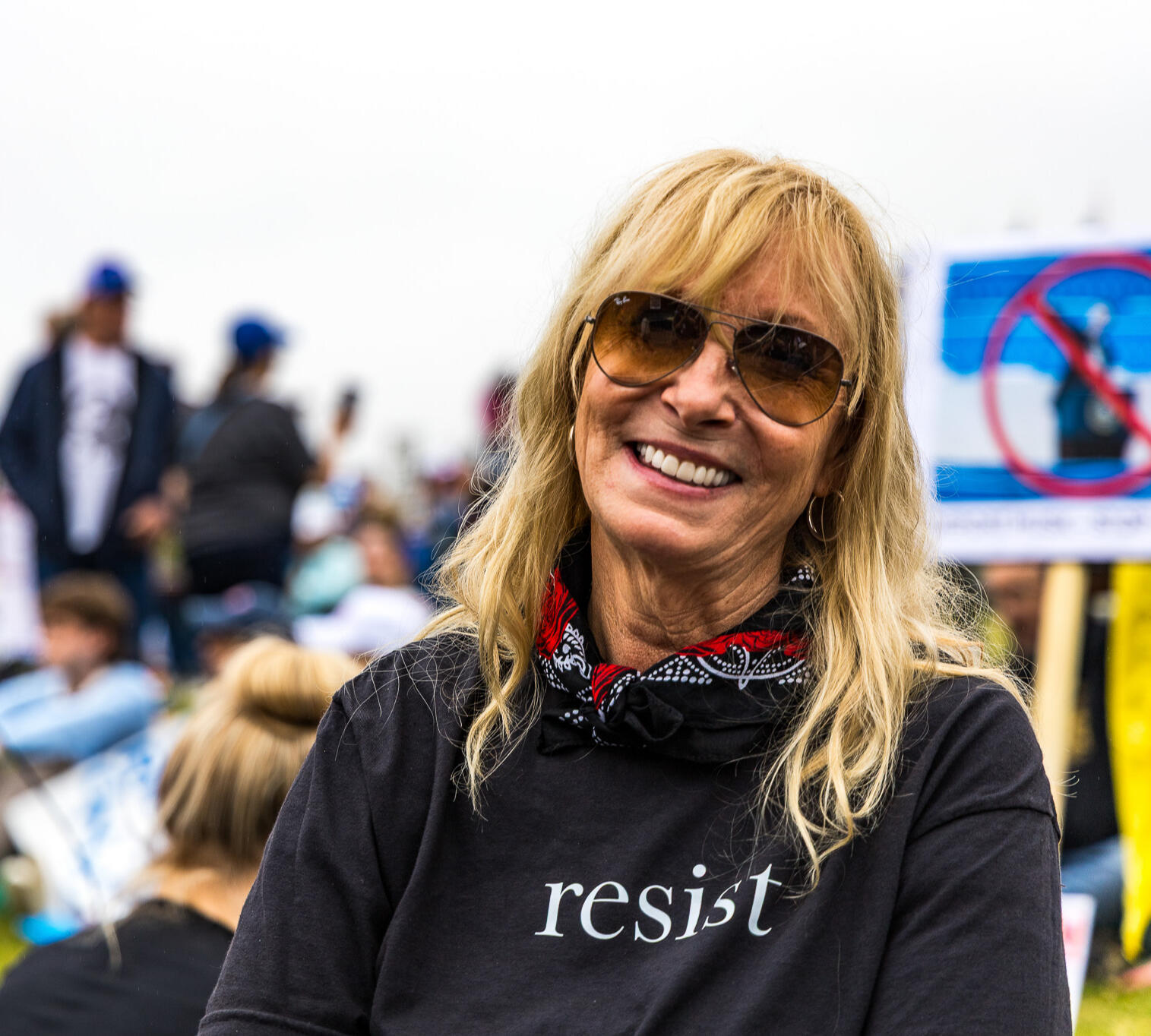
And the stories continue. One woman in her 70s at a protest outside a Virginia Tesla dealership in March said that she’d never been to a protest before, but was horrified by what she was seeing and wanted to honor her own father who had fought fascism in World War II.Another man, an octogenarian who protested the Vietnam War in the 1960s and 1970s, said he was demonstrating because he couldn’t abide civil rights abuses and the gutting of health care for retirees and veterans. “We did this shit in the '60s and ‘70s” he said. “Why are we having to do it again?”
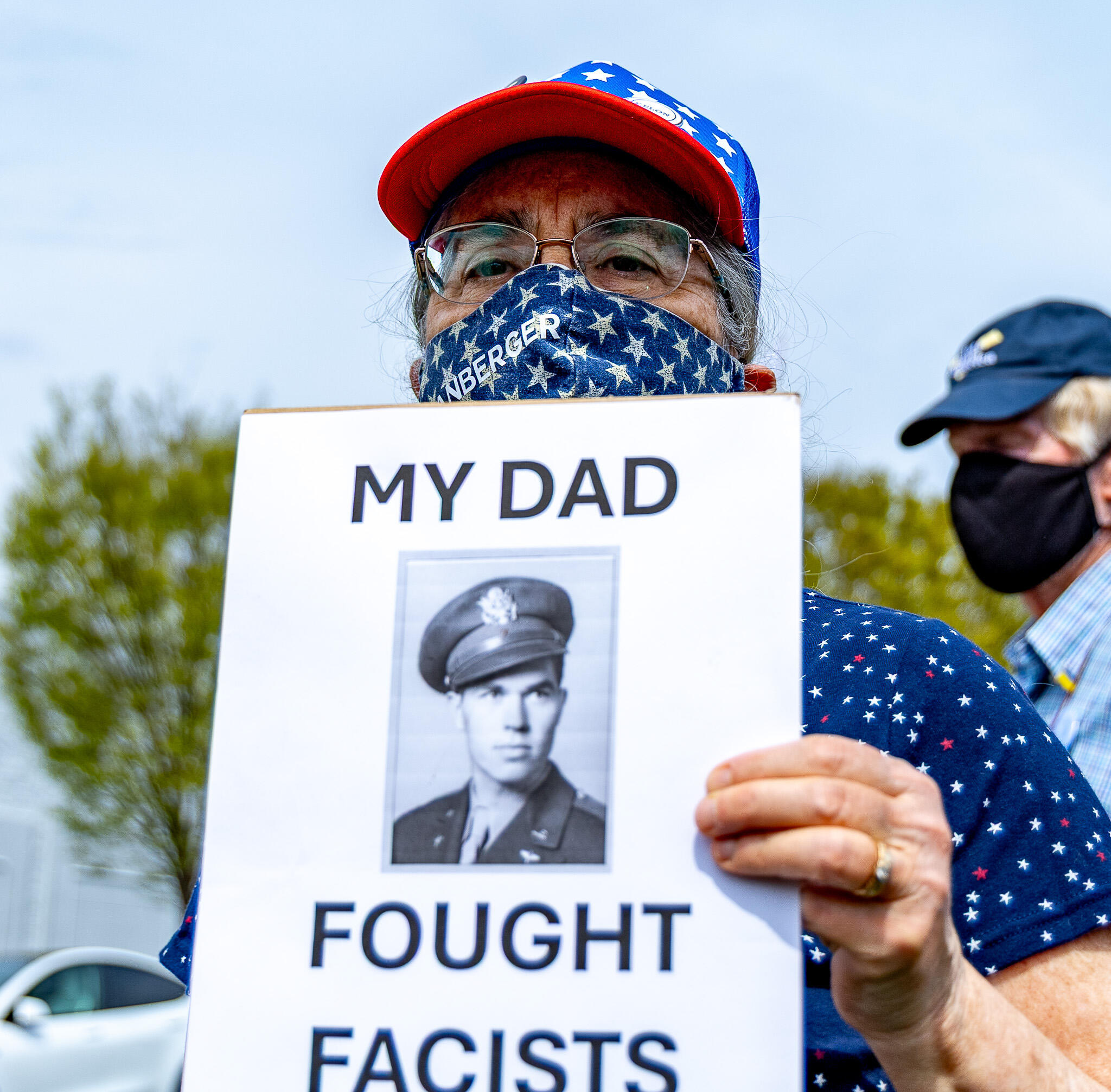
"We did this shit in the '60s and ‘70s. Why are we having to do it again?"
The momentum these movements have been gaining is showing no signs of slowing down. As recently as April 19th, thousands of people organized by the group Refuse Fascism marched on the White House unannounced, calling for the removal of Trump from office. With May Day and other symbolic dates rapidly approaching, and support from even more organizations like American Opposition, we should only expect the size and number of demonstrations—and the pressure they exert on elected officials—to grow nationwide.
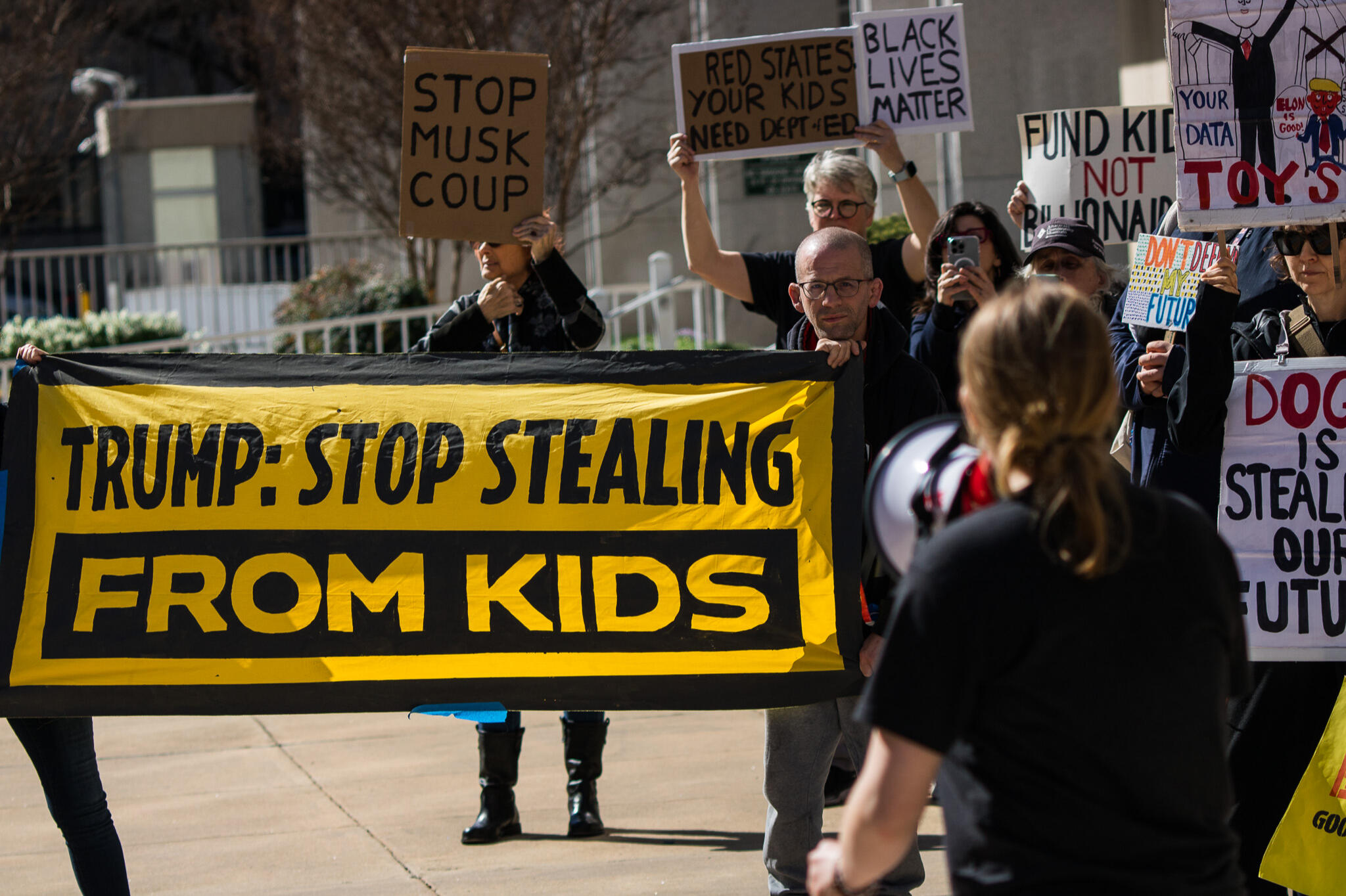
The fact that, despite the sheer number of demonstrations and the millions of protesters that are attending them, there have not been scenes of widespread police violence is truly remarkable.This lack of violence has helped to keep protests overwhelmingly peaceful; more than anything however, it highlights the systemic issues of inequity and oppression that allow millions of older, whiter protesters to march on DC and state capitals around country unopposed, while past peaceful protests by Black Americans led to brutalization.
This shift has also placed right-wing conservatives and their media outlets in a strange position: How do you discredit protesters as jobless, disillusioned, violent youth when the face of the opposition is increasingly white, older, working — or retired?
For the moment, conservative-oriented outlets like Fox News and Newsmax are mostly trying to ignore the uprising; after April 5th, however, that strategy may no longer be viable.When the face of opposition looks like the same demographic you’ve tried to scare for years with carefully-crafted narratives about “dangerous” and “lawless” protesters, members of Congress are going to be faced with an uncomfortable reality: in many states, keeping their seats and toeing Trump's line may end up being mutually exclusive.


Tom is a freelance documentary photographer and photojournalist based in Richmond, Virginia. For more information, or to work together, visit https://tomhudson.us.
News video stills copyright © 2021, 2025 Fox News. Photographs copyright © 2025 Thomas Hudson. All rights reserved.


























